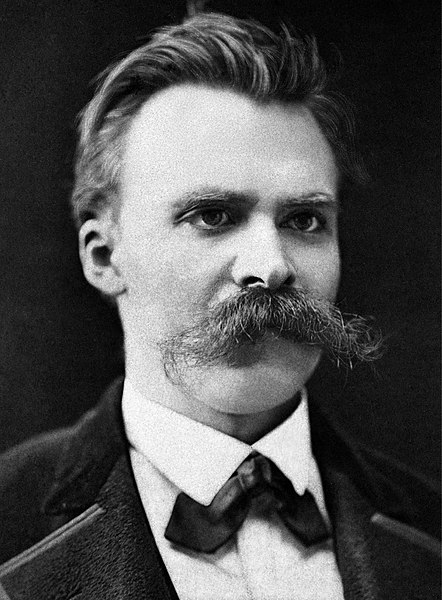
The collapse of the Soviet Union was one of the defining events of the 20th century. The world’s first socialist state, the Soviet Union had been a major global power for over 70 years, but by 1991 it had fallen apart, leaving behind a legacy of both hope and disappointment. In this article, we will examine the reasons behind the collapse of the Soviet Union, its impact on the world, and its relationship with international trade.
The Soviet Union was established in 1922, following the Bolshevik Revolution of 1917. The new government, led by Vladimir Lenin and later Joseph Stalin, established a system of state ownership and central control over the economy, known as socialism. The Soviet economy was heavily centralized, with the state owning and controlling most of the country’s resources, including industry, agriculture, and transportation. Despite the lack of incentives for productivity, the Soviet economy was able to grow rapidly in the 1920s and 1930s, driven by the modernization of industry and the collectivization of agriculture.
However, by the late 1970s, the Soviet economy was stagnating. The system of central planning was unable to adapt to changing circumstances, and the country was unable to compete with Western economies, which were growing faster and producing higher-quality goods. The Soviet economy was also hampered by inefficiencies, low productivity, and a lack of innovation. The country was facing a growing economic crisis, and the government was unable to address the problems.
In addition to the economic problems, the Soviet Union was facing political and social issues. The Soviet system was highly centralized, with power concentrated in the hands of the Communist Party and its leaders. There was little room for political dissent, and opposition was suppressed. This created a lack of political freedom and a sense of disillusionment among many Soviet citizens. Nationalism and ethnic tensions were also growing within the Soviet Union. The country was composed of many different ethnic groups, each with its own language, culture, and history. Over time, nationalism and ethnic tensions grew, and demands for greater autonomy and independence increased. In particular, the republics of the Baltic states (Lithuania, Latvia, and Estonia) and the Ukrainian republic were demanding greater independence from the central government.
In 1985, Soviet leader Mikhail Gorbachev introduced a series of reforms aimed at modernizing the Soviet economy and political system. The reforms, known as perestroika (economic restructuring) and glasnost (political openness), aimed to address the problems facing the Soviet economy and to increase political freedom. However, these reforms also weakened the central government and gave rise to greater political and economic freedoms, which ultimately led to the collapse of the Soviet Union.
The first republic to break away from the Soviet Union was the Baltic state of Lithuania in 1990. Other republics soon followed, and in 1991, the Ukrainian republic voted to become independent. In August 1991, a group of hardline Communist officials attempted a coup against Gorbachev, but the coup was quickly defeated. In December 1991, the leaders of Russia, Ukraine, and Belarus signed the Belavezha Accords, declaring the Soviet Union dissolved and establishing the Commonwealth of Independent States (CIS) in its place.
The collapse of the Soviet Union had a profound impact on the world. On the one hand, it represented a victory for democracy and freedom, as the people of the Soviet republics were finally able to determine their own future. The end of the Cold War also led to a reduction in global tensions and the eventual disarmament of the two superpowers. On the other hand, the collapse of the Soviet Union also led to a number of problems. The transition to a market economy was difficult for many Soviet republics, as they were forced to adjust to the new realities of a globalized world, and many people faced poverty and unemployment. The transition to a market economy also led to the rise of oligarchs, who were able to accumulate vast wealth and political power. In addition to the economic difficulties, the collapse of the Soviet Union also led to increased nationalism and ethnic tensions. In many cases, these tensions resulted in conflict, such as the war in Chechnya and the ongoing conflict in Ukraine. The lack of a strong central government also led to a lack of security in some regions, and the rise of organized crime and corruption.
Now let’s examine the Soviet Union’s relationship with international trade. The Soviet economy was based on the principles of central planning and state ownership, and the government controlled the majority of the country’s resources, including industry, agriculture, and transportation. Despite its ideological opposition to capitalism, the Soviet Union did engage in international trade, both with other socialist countries and with capitalist countries. The Soviet Union was a founding member of the Council for Mutual Economic Assistance (CMEA), also known as the Comecon, which was an economic organization of socialist countries. The Comecon was established to promote economic cooperation and trade between the socialist countries, and it played a significant role in shaping the Soviet economy.
In addition to trade with socialist countries, the Soviet Union also engaged in trade with capitalist countries. The Soviet Union exported raw materials, such as oil and natural gas, as well as manufactured goods, such as steel and machinery. The Soviet Union also imported goods and technology from capitalist countries, such as consumer goods and high-tech equipment. The Soviet Union engaged in trade with capitalist countries for several reasons, despite its ideological opposition to capitalism. Firstly, to acquire needed goods and technology, the Soviet economy was heavily centralized and based on state ownership, which limited its ability to produce certain goods and technologies. By trading with capitalist countries, the Soviet Union was able to acquire needed goods and technology that it could not produce domestically. Secondly, to earn foreign currency, the Soviet Union earned foreign currency through its exports to capitalist countries, which it could then use to import goods and technology from other countries. This was important for the Soviet Union, as it was facing a growing economic crisis in the late 1970s and early 1980s. Lastly, to reduce tensions, trade with capitalist countries was seen as a way to reduce tensions between the Soviet Union and the West. By engaging in trade, the Soviet Union was able to build bridges and reduce the risk of conflict.
In conclusion, the collapse of the Soviet Union was a complex and multi-faceted process, driven by a combination of economic, political, and social factors. The end of the Soviet Union represented a victory for democracy and freedom, but it also created new challenges and problems. The Soviet Union’s relationship with international trade was shaped by its ideological opposition to capitalism and its need to acquire goods and technology and earn foreign currency. However, despite its trade with capitalist countries, the Soviet economy remained heavily regulated by the state and was unable to compete with Western economies. The legacy of the Soviet Union remains a subject of debate and discussion, and its impact on the world will continue to be felt for many years to come.

